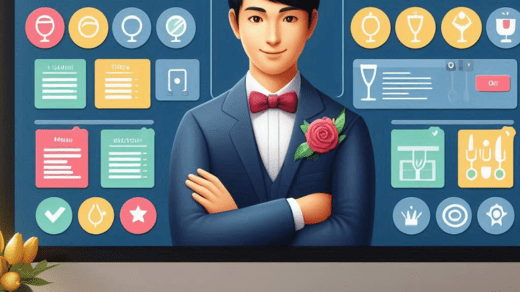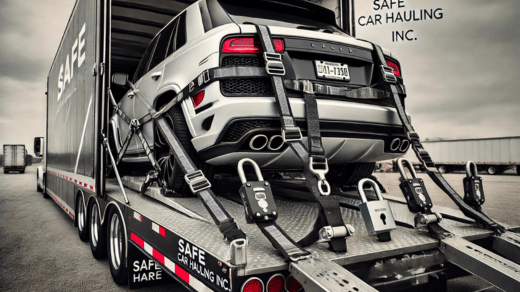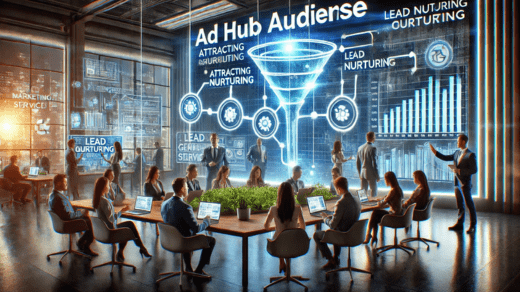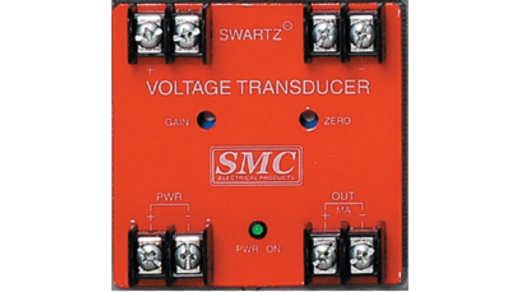
We all can agree to the fact that the food services and restaurant industry is growing and it is more important now to focus on service quality of the businesses. Two critical tools that restaurateurs use to maintain high standards and efficiency are restaurant inspection software and restaurant operations software. These technologies play distinct yet complementary roles, especially when integrated with mystery shopping programs. Understanding the differences between these two types of software is key to leveraging them effectively.
Restaurant Inspection Software: Focus on Compliance and Safety
Restaurant inspection software is primarily designed to help establishments stay compliant with health and safety regulations. This software automates the inspection process, allowing managers and inspectors to track various aspects of a restaurant’s operations, including food safety, hygiene, and overall cleanliness.
Key Features:
- Automated Checklists: The software provides customizable checklists that align with local health department regulations, making it easier to ensure that all required standards are met.
- Real-time Reporting: Inspection results can be recorded in real-time, allowing for immediate corrective actions if any issues are identified.
- Compliance Tracking: The software helps in maintaining a record of past inspections and any corrective actions taken, which is essential for audits and regulatory compliance.
In the Context of Mystery Shopping
In a mystery shopping company, where anonymous evaluators visit the restaurant to assess service quality and operational standards, inspection software can be invaluable. The mystery shopper’s observations can be cross-referenced with the restaurant’s inspection reports to ensure that the establishment is consistently maintaining high standards. For instance, if a mystery shopper notes a cleanliness issue, the inspection software can provide historical data on when the last cleanliness check was performed and what the findings were.
Restaurant Operations Software: Focus on Efficiency and Management
On the other hand, restaurant operations software is designed to streamline and optimize the day-to-day operations of a restaurant. This software covers a broad range of functionalities, including inventory management, staff scheduling, order processing, and customer relationship management.
Key Features:
- Inventory Management: The software tracks inventory levels, helping managers reduce waste and ensure that the kitchen is always stocked with necessary ingredients.
- Staff Scheduling: It allows for efficient scheduling of employees, taking into account peak hours and employee availability.
- Order Processing: The software integrates with point-of-sale (POS) systems to manage orders and payments, ensuring a smooth and efficient dining experience for customers.
- Customer Relationship Management (CRM): Some operations software includes CRM tools to manage customer preferences, loyalty programs, and feedback.
In the Context of Mystery Shopping
In mystery shopping, restaurant operations software is crucial for evaluating how well a restaurant functions during a typical service. Mystery shoppers assess various aspects, such as the speed of service, accuracy of orders, and the overall dining experience. Operations software provides the necessary data to evaluate these areas effectively. For example, if a mystery shopper experiences a delay in service, the operations software can reveal whether the issue was due to poor scheduling, inventory shortages, or a technical glitch in the order processing system.
Key Differences and Complementary Use
While both restaurant inspection and operations software aim to improve the overall quality and efficiency of a restaurant, their primary focuses are different. Inspection software is compliance-driven, concentrating on meeting health and safety regulations, while operations software is efficiency-driven, focusing on the smooth running of daily activities.
Complementary Use in Mystery Shopping:
Both types of software can work together to provide a comprehensive view of a restaurant’s performance. Inspection software ensures that the restaurant adheres to safety standards, while operations software ensures that it runs efficiently and provides a high-quality customer experience. By analyzing data from both sources, restaurant owners and managers can gain deeper insights into potential problem areas and take proactive steps to address them.
For instance, a mystery shopper’s report might highlight a discrepancy between the quality of service and the cleanliness of the environment. In this case, inspection software can confirm whether the issue was due to a lapse in cleanliness protocols, while operations software can determine if operational inefficiencies contributed to the problem.
Conclusion
In the competitive restaurant industry, maintaining high standards of both compliance and operational efficiency is crucial. Restaurant inspection software and restaurant operations software serve distinct purposes, yet they complement each other in the context of mystery shopping. Together, they provide a holistic view of a restaurant’s performance, helping to ensure that customers receive a safe, efficient, and enjoyable dining experience. By leveraging both types of software effectively, restaurateurs can not only meet regulatory requirements but also exceed customer expectations, ultimately driving the success of their business.








